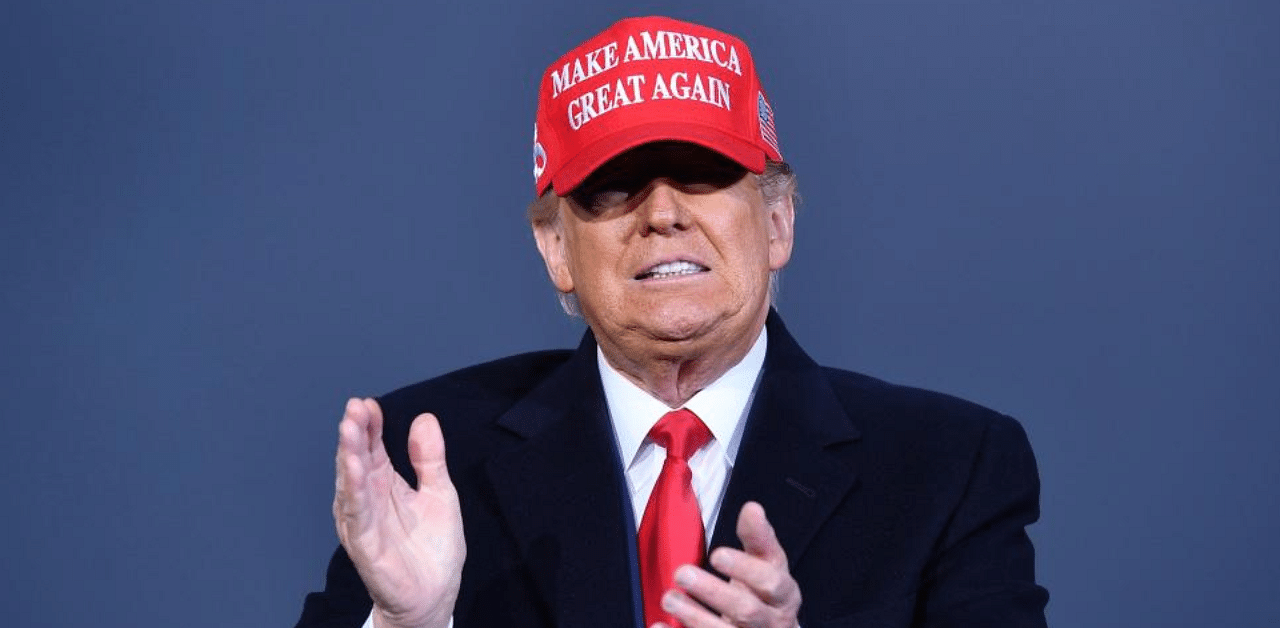
Will we be surprised again this November the way Americans were on Nov. 9, 2016 when they awoke to learn that reality TV star Donald Trump had been elected president? That outcome defied prognosticators and polls, and even Trump’s own expectation. “Oh, this is gonna be embarrassing,” Trump later recalled he had said at the time, anticipating defeat.
Another surprise victory is unlikely to happen again if this election is looked at from the same perspective of neuroscience that I used to account for the surprising outcome in 2016. Briefly, that article explained how our brain provides two different mechanisms of decision-making; one is conscious and deliberative, and the other is automatic, driven by emotion and especially by fear. Trump’s strategy does not target the neural circuitry of reason in the cerebral cortex; it provokes the limbic system. In the 2016 election, undecided voters were influenced by the brain’s fear-driven impulses—more simply, gut instinct—once they arrived inside the voting booth, even though they were unable to explain their decision to pre-election pollsters in a carefully reasoned manner.
In 2020, Trump continues to use the same strategy of appealing to the brain’s threat-detection circuitry and emotion-based decision process to attract votes and vilify opponents.
“Biden wants to surrender our country to the violent left-wing mob…. If Biden wins, very simple, China wins. If Biden wins, the mob wins. If Biden wins, the rioters, anarchists, arsonists and flag-burners, they win,” Trump declared at his Wisconsin campaign rally on September 17, 2020, offering new alleged threats to our nation as his 2016 bogeymen of rapist immigrants and foreign terrorists have lost potency.
As Trump invokes threats of anarchy and street violence, any tangible rise in violence at political assemblies will benefit the Trump strategy of generating fear. Trump supporters have reacted by brandishing and sometimes using firearms at public demonstrations. In the 2016 campaign, Trump egged his supporters on to commit violence, suggesting that an assassination of Hillary Clinton by gun rights advocates could be used to prevent her from picking Supreme Court justices. The president has inflamed the atmosphere surrounding large protests by calling to the scene military and unidentified federal security agents, even as local officials object.
He continues to make bombastic statements: “I am your wall between the American dream and chaos,” he told an audience in Minnesota. When asked by debate moderator Chris Wallace whether he was willing to condemn white supremacists and paramilitary groups, he would not do so. Instead, he barked out what sounded like strategic instructions to the right-wing Proud Boys, widely regarded as an extremist hate group, “Proud Boys—stand back, and stand by.”
But fear-driven appeals will likely persuade fewer voters this time, because we overcome fear in two ways: by reason and experience. Inhibitory neural pathways from the prefrontal cortex to the limbic system will enable reason to quash fear if the dangers are not grounded in fact. The type of street violence Trump rails against now was not the norm during the Obama and Biden years. Nor was fear that Biden would turn the U.S. into a socialist state an issue even a year ago. On the contrary, Biden defeated the self-described “democratic socialist” candidate Bernie Sanders in the presidential primaries.
A psychology- and neuroscience-based perspective also illuminates Trump’s constant interruptions and insults during the first presidential debate, steamrolling over the moderator’s futile efforts to have a reasoned airing of facts and positions. The structure of a debate is designed to engage the deliberative reasoning in the brain’s cerebral cortex, so Trump annihilated the format to inflame emotion in the limbic system.
Trump’s dismissal of experts, be they military generals, career public servants, scientists or even his own political appointees, is necessary for him to sustain the subcortical decision-making in voters’ minds that won him election and sustains his support. The fact-based decision-making that scientists rely upon is the polar opposite of emotion-based decision-making. In his rhetoric, Trump does not address factual evidence; he dismisses or suppresses it even for events that are apparent to many, including global warming, foreign intervention in U.S. elections, the trivial head count at his inauguration, and even the projected path of a destructive hurricane. Instead, “alternative facts,” or fabrications, are substituted.
This perspective from inside the brain’s neural networks also explains the Trump administration’s unprecedented erosion of government institutions with missions intended to protect the public (ranging from the Centers for Disease Control to the FBI). These diversions distract attention from real, uncontrollable threats, such as the coronavirus pandemic, that may undermine Trump’s political and economic objectives. Reason cannot always overcome fear, as PTSD demonstrates; but the brain’s second mechanism of neutralizing its fear circuitry—experience—can do so. Repeated exposure to the fearful situation where the outcome is safe will rewire the brain’s subcortical circuitry. This is the basis for “extinction therapy” used to treat PTSD and phobias. For many, credibility has been eroded by Trump’s outlandish assertions, like suggesting injections of bleach might cure COVID-19, or enthusing over a plant toxin touted by a pillow salesman, while scientific experts in attendance grimace and bite their lips.
In the last election Trump was a little-known newcomer as a political figure, but that is not the case this time with either candidate. The “gut -reaction” decision-making process excels in complex situations where there is not enough factual information or time to make a reasoned decision. We follow gut instinct, for example, when selecting a dish from a menu at a new restaurant, where we have never seen or tasted the offering before. We’ve had our fill of the politics this time, no matter what position one may favor. Whether voters choose to vote for Trump on the basis of emotion or reason, they will be better able to articulate the reasons, or rationalizations, for their choice. This should give pollsters better data to make a more accurate prediction.